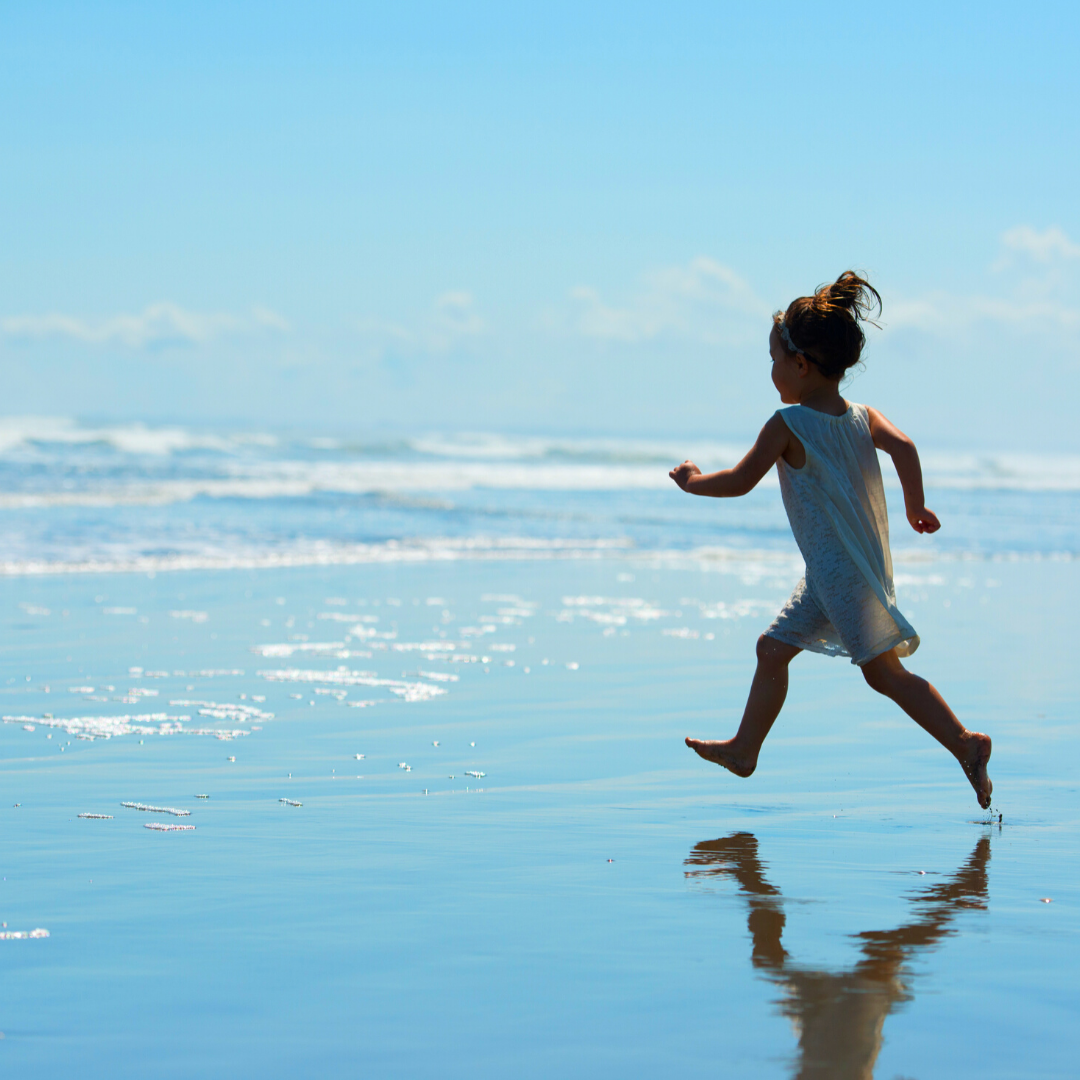In this article, we’re going to be discussing bone density, when your bone density for life is mostly solidified, and how the younger population can be building the bone density that will help to prevent issues later in life. So if you have children, or have young children in the family, stay tuned to find out more.
When Does Your Bone Mineral Content Develop?
Bone density or Bone mineral content (BMC) is the amount of bone mineral that is found in a specific area of bone, therefore the higher your bone mineral content, the stronger your bones will be. As you grow older into adolescence, you reach a peak BMC velocity, when BMC occurs at its quickest rate, usually around 12 years old in females or 14 years old in males. In the three years surrounding these years respectively, more than 30% of your adult BMC is developed.
In simple terms, around the time a young person goes through puberty is where they will build a huge percentage of their bone density, so it is at this point that you should focus on developing as much BMC as possible to make your bones strong into adulthood. By the time you reach 21 years old, 95% of your skeletal structure has been formed. In a study of pre-pubescent girls who participated in gymnastics based exercise, they showed 30-85% greater bone mineral density in comparison with their peers.
The amount of BMC that has been formed by the end of this skeletal maturation can have implications in later life, such as increased osteoporosis and bone fracture risk. It is natural for bone density to decrease with age in everyone, but certain demographics are more exposed to this than others. For example, it has been found that males tend to have a greater full body peak BMC than females, and inactive females on average have a 17% lower BMC than active females.
How Does Bone Remodel Itself?
During our lifespan, bone undergoes a cyclical two-part remodelling process whereby the old bone is taken away and new bone is regenerated in its place. This process is balanced during early stages of life however with age this process becomes unbalanced and the old bone is taken away in greater quantities than new bone is made. There are other factors that influence the speed at which this happens such as: genetics, BMC accrued in youth, hormones, diet and exercise. A study into the peak bone mass of twins suggested that around 75% of peak bone mass is determined by genes, although which gene this isn’t known.
What Can Deplete or Improve Bone Mineral Content?
Bone loss occurs at a steady rate starting at around 40 years old, however in menopausal women this is accelerated due to their lower oestrogen levels. Oestrogen is an active hormone in inhibiting osteoclast formation, which are responsible for bone reabsorption, so with reduced oestrogen levels comes a more rapid reabsorption of bone post-menopause.

In terms of diet, a Vitamin D deficiency has been shown to be prevalent in the majority of the older population which is not ideal given the important role Vitamin D has in the breakdown and formation of bone. Calcium intake also tends to decrease with age as a result of a reduction in dairy consumption, which leads to a reduced capacity for calcium to be absorbed by the intestines. If this calcium deficiency isn’t properly supplemented it can lead to secondary hyperparathyroidism, an increase in the secretion of the parathyroid hormone (PTH) which increases bone reabsorption. A study has found that if a postmenopausal woman with a calcium intake of less that 400mg can significantly reduce bone loss by increasing calcium intake to 800mg per day, highlighting the importance of maintaining a balanced diet for bone health.
Reduced activity is common with an increase in age and is another cause of decreased BMC. If a bone is not sufficiently loaded, the activity of osteoblasts, responsible for bone regeneration, is reduced and the production of osteoblast stimulating compounds increase. In addition to this, physical activity is important to promote in adolescence as it stimulates the release of growth hormones which allow the formation of stronger bone growth. A study of premenopausal women between 23-46 years old showed significant increases in muscle strength and bone density when they completed a 1 year resistance training program compared to women who do not exercise at all.
The impact of osteoporosis later in life on your body depending on the depletion of bone density can be a very stark contrast to how you live your life now. We see regularly the impact that osteoporosis has on the spine if the patient’s alignment is poor, with fractures being a painful side-effect of the condition. Usually the first sign that an issue with bone density is present, is when a fall or sudden impact causes a bone to break – usually the wrist, arm or hip. In such a condition, even a cough or sneeze can have the potential to break a rib, so it has the potential to be a painful condition if it’s left undetected.
Join Back In Shape
We’ve created our Membership site to help support people looking to help fix their back pain from all over the world. Our Back In Shape Online Program helps give you the tools required to effectively reduce back pain, but also work to rehab properly so you’re protected for the long term. To learn more about it and join our growing community today, click the button below.
Contact Us.
Email Us
info@themayfairclinic.com
Call Us
0203 947 32 22
Clinic Address
4 Cavendish Square, London, W1g 0PG.